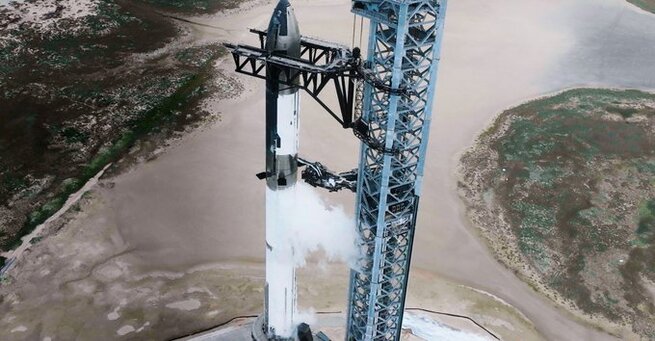
FAA Clears SpaceX Starship Flight 9 With New Safety Protocols
Are you wondering when SpaceX’s next Starship test flight will happen and what safety measures are in place? The FAA has officially approved SpaceX’s 9th Starship test flight, scheduling it during non-peak travel periods to minimize airspace disruption. This important update follows the previous test flight failures and extensive FAA safety reviews, ensuring a safer launch for both space operations and commercial aviation. If you’re searching for details about the upcoming Starship flight and FAA’s safety precautions, this article breaks down everything you need to know about the launch schedule, expanded hazard zones, and regulatory changes.
Expanded Safety Zones for SpaceX Starship Flight 9
Following the dramatic explosion of Starship Flight 8 in March, the FAA conducted a thorough investigation into the causes of the mishap. After confirming SpaceX addressed all safety concerns, the FAA granted permission to resume flights. One significant update for Flight 9 is the expansion of the Aircraft Hazard Area (AHA) from about 885 nautical miles to an extensive 1,600 nautical miles. This larger safety zone covers critical regions including parts of Texas, Florida, the Bahamas, and Turks and Caicos. The FAA’s goal is to protect commercial flights and reduce risk from falling debris, a challenge that has previously caused flight delays and airspace diversions.
Non-Peak Launch Windows to Reduce Air Traffic Impact
To further reduce disruptions to U.S. and international airspace users, the FAA mandates that SpaceX schedule Starship Flight 9 launches during non-peak transit periods. This scheduling adjustment helps avoid major travel congestion and improves overall airspace safety. The combination of a larger hazard zone and strategic launch timing reflects the FAA’s people-first approach and commitment to safe integration of commercial spaceflight into busy flight corridors.
SpaceX’s Reuse of Super Heavy Booster and Increased Launch Frequency
For this test, SpaceX will reuse the Super Heavy booster rocket from Flight 7, marking a milestone in cost-effective rocket development. The FAA’s recent license modification also permits SpaceX to increase annual Starship operations from five to 25 launches at Boca Chica, Texas, highlighting growing confidence in the program’s safety protocols. This increased cadence is vital for SpaceX’s ambitions of rapid space exploration and deployment, further driving innovation in commercial aerospace.
FAA Leadership and Ongoing Oversight
Despite the FAA currently lacking a permanent administrator following Michael Whitaker’s departure earlier this year, the agency continues rigorous oversight of SpaceX’s Starship program. The FAA’s proactive safety requirements and collaboration with SpaceX emphasize a balanced approach to advancing spaceflight technology while safeguarding public airspace.
𝗦𝗲𝗺𝗮𝘀𝗼𝗰𝗶𝗮𝗹 𝗶𝘀 𝘄𝗵𝗲𝗿𝗲 𝗿𝗲𝗮𝗹 𝗽𝗲𝗼𝗽𝗹𝗲 𝗰𝗼𝗻𝗻𝗲𝗰𝘁, 𝗴𝗿𝗼𝘄, 𝗮𝗻𝗱 𝗯𝗲𝗹𝗼𝗻𝗴. We’re more than just a social platform — from jobs and blogs to events and daily chats, we bring people and ideas together in one simple, meaningful space.